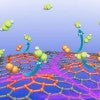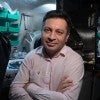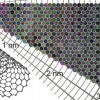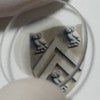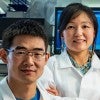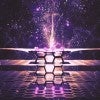Seven research teams win Carbon Hub funding
March 8, 2021
Carbon Hub, Rice University's zero-emissions research initiative, has awarded seed grants for seven projects that will rapidly advance its vision for transforming the oil and gas sector into a leading provider of both clean hydrogen energy and solid carbon products that can be used in place of materials with large carbon footprints.
Research could dramatically lower cost of electron sources
February 1, 2021
Rice University engineers have discovered technology that could slash the cost of semiconductor electron sources, key components in devices ranging from night-vision goggles and low-light cameras to electron microscopes and particle accelerators.
Rice ‘flashes’ new 2D materials.
January 14, 2021
Rice scientists extend their technique to produce graphene in a flash to tailor the properties of 2D dichalcogenides, quickly turning them into metastable metallics for electronic and optical applications.
Industrial-strength brine, meet your kryptonite
November 3, 2020
A thin coating of the 2D nanomaterial hexagonal boron nitride is the key ingredient in a cost-effective technology developed by Rice University engineers for desalinating industrial-strength brine.
VIPs help open national security research accelerator labs
November 2, 2020
U.S. Army Futures Command Lt. Gen. Thomas Todd III and U.S. Rep. Dan Crenshaw, R-Texas, joined Rice President David Leebron, Provost Reggie DesRoches and Army and Rice dignitaries for the Oct. 30 opening ceremony of the Rice University National Security Research Accelerator (RUNSRA) laboratories in Dell Butcher Hall.





